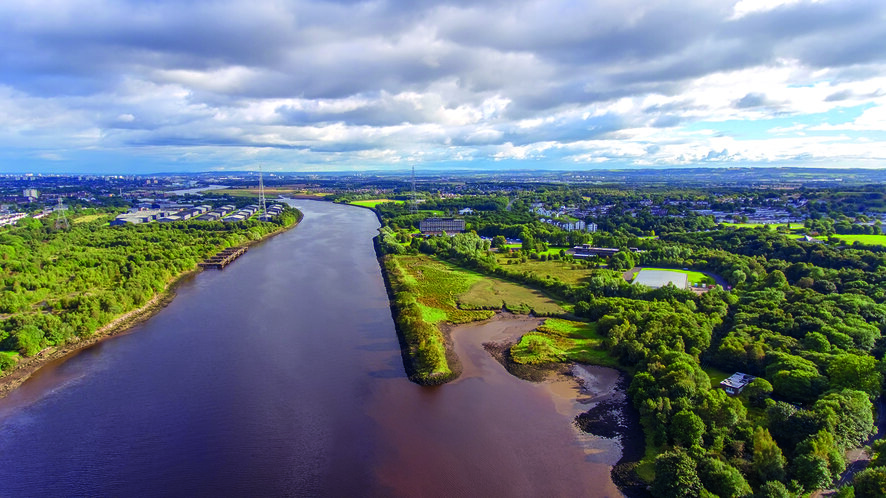
WEST Dunbartonshire Council has said that its new high-tech heating system will transform the way homes, businesses and buildings in Clydebank are heated.
The local authority added that the new district heating network will make Dalmuir one of the greenest areas in Scotland.
The system works by extracting water from the River Clyde to generate heat for buildings on the site of the former John Brown Shipyard, now known as Queens Quay.
The system was delivered by Lancashire-based firm Vital Energi, with Muir Group behind the build of the accompanying energy centre which was designed by Cooper Cromar Architects. The complete project came at a cost of £20 million.
The initial switch on will see heat be supplied to council offices at Aurora House, the Titan Enterprise Centre, Clydebank Leisure Centre and the Queens Quay House care home.
The council added that pipe work is also in place to supply the forthcoming Clydebank Health Centre, over 140 flats and retail units currently on site, all other homes planned for the site as well as Clydebank Library and Clydebank Town Hall.
Because the system is designed on a modular basis, the local authority said future expansion beyond Queens Quay will be possible – with the Golden Jubilee Hospital, Clyde Shopping Centre and the town centre being earmarked.
Councillor Iain McLaren, convener of infrastructure, regeneration and economic development at West Dunbartonshire Council, said, “This system is the first of its kind in Scotland and I am proud that West Dunbartonshire is leading the way in using this natural resource to provide energy.
“This district heating system will have a hugely positive impact on Clydebank and West Dunbartonshire as a whole, allowing the council to take steps to address fuel poverty among tenants and residents by offering reduced tariffs compared to traditional heating methods, as well as working to achieve carbon reduction targets, removing more than 4,000 tonnes of carbon from the environment every year for the next 40 years.
“I’d like to pass on a big congratulations to all involved in bringing this project to completion. It has involved years of hard work, but it has been truly worth it because our communities will reap the rewards for decades to come.”








